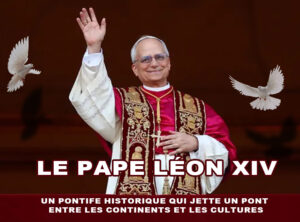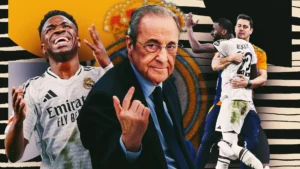The Papal Transition: A Detailed Overview of What Happens When a Pope Dies
The death of a Pope marks a profound moment in the Catholic Church, initiating a centuries-old ritual of mourning, transition, and renewal. This process, steeped in tradition and governed by canonical law, ensures the continuity of leadership within the Vatican. Below is a detailed exploration of the procedures and customs that unfold following a Pope’s death.
Table of Contents
1. Declaration of Death and Immediate Protocols
- Certification by the Camerlengo: The Cardinal Camerlengo (Chamberlain), a key figure in the Vatican administration, formally verifies the Pope’s death. Traditionally, this is done by gently tapping the Pope’s forehead three times with a silver hammer while calling his baptismal name.
- Sealing the Papal Apartments: The Camerlengo oversees the sealing of the Pope’s private quarters and office to preserve documents. The Apostolic Camera (the Church’s treasury) is also secured.
- Destruction of Symbols: The Pope’s Fisherman’s Ring (used for sealing official documents) and papal seals are ceremonially destroyed to prevent misuse.
2. Rituals and Public Mourning
- Preparation of the Body: The Pope’s body is dressed in traditional vestments—a white cassock, red chasuble, and mitre—and placed in a casket. It lies in state in St. Peter’s Basilica for public veneration, often drawing thousands of mourners.
- Novemdiales: A nine-day period of mourning begins, marked by daily Masses. The faithful are invited to pray for the soul of the deceased Pope.
3. The Funeral Mass
- Ceremony and Attendees: The funeral, typically held in St. Peter’s Square, is presided over by the Dean of the College of Cardinals. Dignitaries from worldwide religions and political leaders often attend.
- Burial: Modern Popes are interred in the Vatican Grottoes beneath St. Peter’s Basilica. A simple tombstone is inscribed with his papal name and dates of reign.
4. Sede Vacante: The Vacant See
- Governance Transition: The period between the Pope’s death and the election of his successor, known as Sede Vacante, sees the College of Cardinals assume collective governance. The Camerlengo manages daily affairs, while the Major Penitentiary handles sacramental matters.
- Vatican Administration: All senior Vatican officials, except the Camerlengo and Major Penitentiary, resign, ensuring the new Pope can appoint his own leadership.
5. The Conclave: Electing a New Pope
- Timeline: The conclave must begin 15–20 days after the vacancy, allowing cardinals time to gather. Voting occurs in the Sistine Chapel, with cardinals sequestered in the Domus Sanctae Marthae.
- Election Process:
- Voting: Four ballots are held daily (two in the morning and two in the afternoon). A two-thirds majority is required for election, a rule reinstated by Pope Benedict XVI in 2007.
- Scrutiny and Secrecy: Votes are burned after each round. Black smoke signals no election; white smoke and ringing bells (a 2013 addition) announce success.
- The Announcement: The Protodeacon appears at St. Peter’s balcony to proclaim “Habemus Papam!” (“We have a Pope!”). The new Pope then delivers his first blessing urbi et orbi (to the city and the world).
6. Inauguration and Beyond
- Papal Inauguration Mass: Held in St. Peter’s Square, the Pope receives the pallium (wool stole symbolizing authority) and the Fisherman’s Ring.
- Name Selection: The Pope chooses a regnal name, often reflecting his spiritual aspirations (e.g., “Francis” after St. Francis of Assisi).
- Global Impact: The transition draws intense media scrutiny and symbolizes both continuity and potential reform for the Church’s 1.3 billion adherents.
Historical Context and Modern Adaptations
- Recent Examples:
- 2005 (John Paul II): Over 4 million mourners attended his lying-in-state. Cardinal Joseph Ratzinger, his close collaborator, was elected Benedict XVI.
- 2013 (Benedict XVI): A rare resignation (not death) triggered the conclave that elected Pope Francis, who emphasized humility and reform.
- Technological Shifts: Social media now amplifies global engagement, with live-streamed ceremonies and real-time updates during conclaves.
A Legacy of Continuity
The meticulous rituals following a Pope’s death reflect the Church’s resilience and adaptability. From the Camerlengo’s solemn duties to the conclave’s secretive ballots, each step underscores the balance between tradition and modernity, ensuring spiritual and institutional stability for Catholics worldwide. The election of a new Pope not only honors his predecessor’s legacy but also heralds a new chapter in the Church’s enduring mission.

Author
Stay connected for new publications, events, and more.










More Stories
Le pape Léon XIV : un pontife historique qui jette un pont entre les continents et les cultures
Le Prix de la Liberté : 17 Avril 1825, une Ordonnance Injuste. Déclaration de Macron
World Health Day: A Global Commitment to Health and Well-being